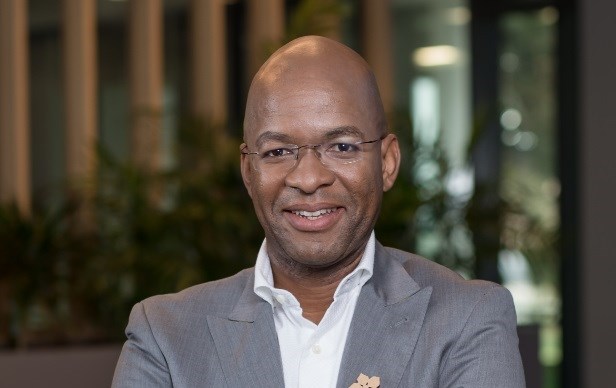Internet of Things Artificial Intelligence: The future

A simple gesture. A world built from accessible assets that drive human convenience and interaction. This is the future that’s powered by the Internet of Things (IoT) and Artificial Intelligence (AI), two of the planet’s hottest topic trends right now for a very good reason. They work.
They are also the fuel driving digital transformation in 2019. These are the technologies revolutionising performance, process and productivity. They are also transforming industry challenges across agriculture, retail, health and the public sector and are set to continue on this path well into 2019.
IoT has become the central nervous system of technology, allowing users to make intelligent decisions without feeling overwhelmed by choice or technology. Its ability to make life easier on every level – business, consumer, public sector - is the next step of the IoT evolution as it improves quality of life using AI and machine learning to analyse past behaviour and the insights it gleans to change the future.
This is the vision of the perfect IoT and AI future. The two technologies so intertwined and connected that they are influencing one another’s growth, development and adoption. IoT provides the ability to generate data from the changing circumstances of an asset and the infrastructure required to transport that data to where it can be accessed and analysed. Considering the sheer volume of data generated, it is impossible for a human being to analyse it at the speed required for real-time decision making. And this is why AI has become so important.
Today, it is possible to write code that can read the data generated by IoT and identify meaningful patterns at the right speed. This code can also be written in such a way that it can learn from the results it found the last time it ran. It is code that can learn, an algorithm that can self-educate. In this way, AI requires the power of IoT to generate the data it needs to learn and IoT needs AI to ensure that this data can be made meaningful, in time.
Over the next six to 12 months, it is very likely that the potential of IoT will see numerous small players emerge across all industries. They will be focused on servicing those who have yet to experience the full benefits of IoT and they will use technology to deliver solutions that are just ‘good enough’.
This could potentially see the more established players being disrupted but most will likely be using the same technology to innovate and to create solutions that don’t just meet customer expectations but transcend them. Of course, there will be some companies that will remain complacent and they will be the ones battling for customer attention out on the IoT playing field with the small, fresh players.
While on the topic of the customer, the next year is likely to introduce a lot more variety and scalability. The consistent drop in the cost of technology will allow for more choice in solution and capability and this will have a knock-on effect with regards to quality of life and the choices customers make when it comes to solution and service provider.
On the business frontier, the growth of IoT and AI offer an interesting bouquet of choices and opportunities. They allow for investment into solutions that generate better insights that, in turn, generate better products and services. Organisations that ignore this potential or think they can sidle on past what IoT and AI bring to the business are likely to be the ones that are left behind. It’s a cliché for a reason. A single look back at the companies that have emerged as big players in industries previously perceived as impenetrable proves the point. Innovation isn’t optional, it’s an essential part of business DNA and both IoT and AI are critical parts of the ability to innovate at speed, with relevance, and on time.
































